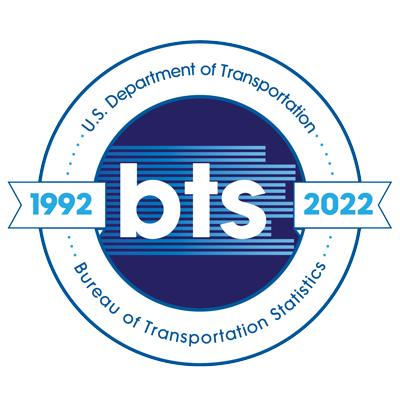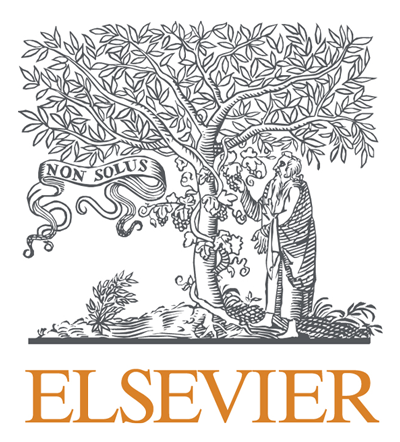Multiple greenspace exposure and momentary stress level in Hong Kong: The importance of mobility under temporal and activity context
Topics:
Keywords: greenspace exposure; momentary stress level; mental health; mobility
Abstract Type: Virtual Paper Abstract
Authors:
Changda Yu, The Chinese University of Hong Kong
,
,
,
,
,
,
,
,
,
Abstract
Greenspace plays a vital role in enhancing people’s mental health. However, previous research on the relationship between greenery exposures and mental health has traditionally taken a residence-based perspective to exposure assessment ignoring the dynamic nature of daily movements. In addition, most research focus on the overall status of mental health in the recent period, neglecting the fact that people’s greenspace-mental relationship change momentarily depending on different time and activity-specific contexts. In this research, temporal-activity contexts of actual greenspace exposure, including NDVI and street-view greenspace exposure, is derived from participants’ daily routine recorded by GPS and activity diary. Under different temporal-activity contexts, we examine the associations between multiple greenspace exposure and residents’ momentary stress level using survey and EMA(Ecological momentary assessment) data collected from citizens living at Sham Shui Po and Tin shui wai in Hongkong. Our findings are as following: In terms of temporal context, the relieving effect of eye-level greenspace exposure is stronger on weekends than weekdays. Only on weekends, eye-level greenspace exposure can relieve momentary stress level during nighttime; In terms of activity context, the mental relieving effect of eye-level greenspace exposure is stronger when conducting active travel, activities with flexible schedule or with companions. Policymakers should focus not only on residential neighborhoods or spatial distribution of greenspace, but also consider how people benefit from greenspace in different temporal-activity contexts.
Multiple greenspace exposure and momentary stress level in Hong Kong: The importance of mobility under temporal and activity context
Category
Virtual Paper Abstract








